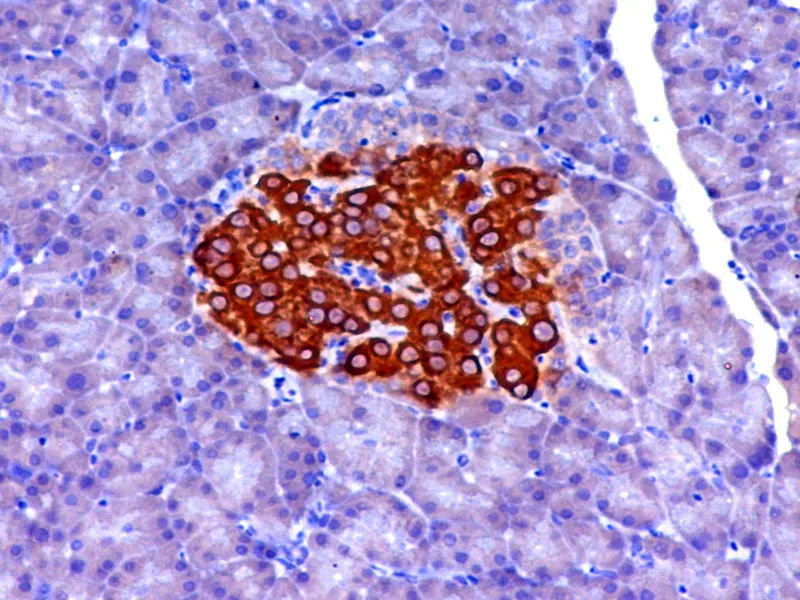Co-ocurrence of an osteogenesis imperfecta-like phenotype and congenital diaphragmatic hernia in a kitten
DOI:
https://doi.org/10.24070/bjvp.1983-0246.008012Keywords:
bone disease osteogenesis imperfecta, congenital diaphragmatic hernia, Felis catusAbstract
A rare case of the co-occurrence of an osteogenesis imperfecta-like phenotype and congenital diaphragmatic hernia is reported in a male, mixed-breed kitten with a clinical history of dyspnea, dehydration, sternal recumbency and stupor. The animal presented moderate bone deformity of the fore and hind limbs, muscle atrophy, and cervical and thoracic lordosis. The radiological examination and necropsy revealed diffuse and intense radiolucency throughout the skeleton, curved or fractured bones, very thin cortical long bones, an intensely extended medullary canal and left diaphragmatic hernia with an aperture without bleeding or scarring. Microscopically, some long bones and vertebral bodies had less-differentiated cartilaginous epiphysis, predominantly attached to the epiphyseal plate and with absence of secondary ossification centers or incipient formation. The trabeculae were thin, few, surrounded by abundant cartilaginous tissue and coated with a layer of bulky cuboidal osteoblasts. The cortical long bones, vertebrae, skull and ribs were thin and discontinuous. Based on the clinical, radiological, macroscopic and microscopic findings, a diagnosis of osteogenesis imperfecta and congenital diaphragmatic hernia was confirmed. To the best of our knowledge, this report is the first case of OI associated with congenital diaphragmatic hernia in an animal.


